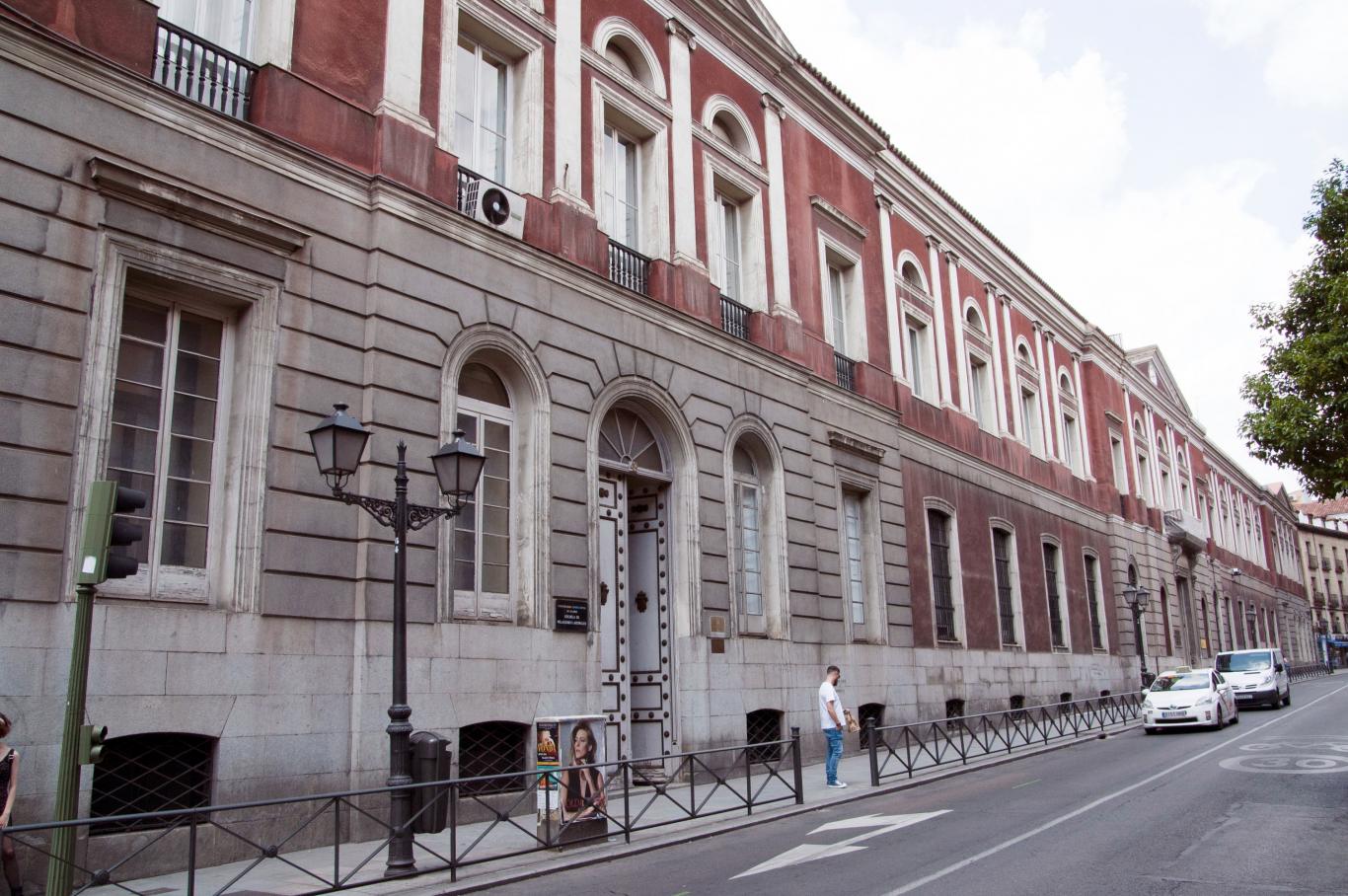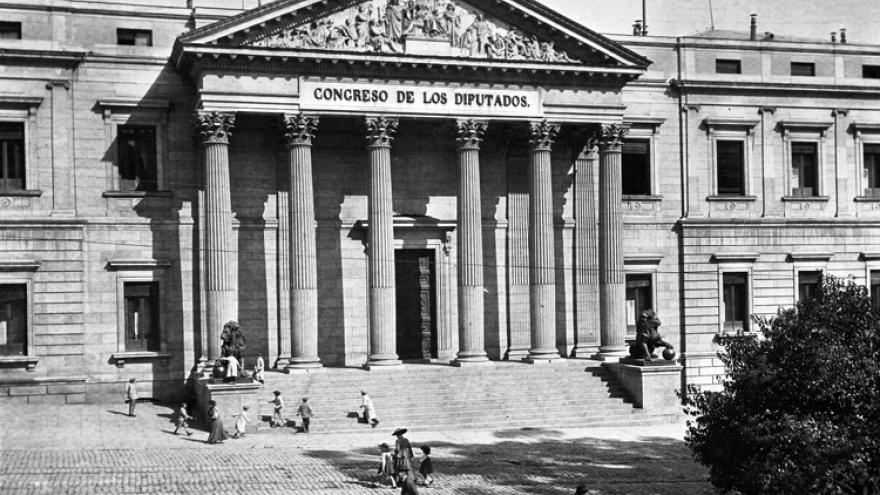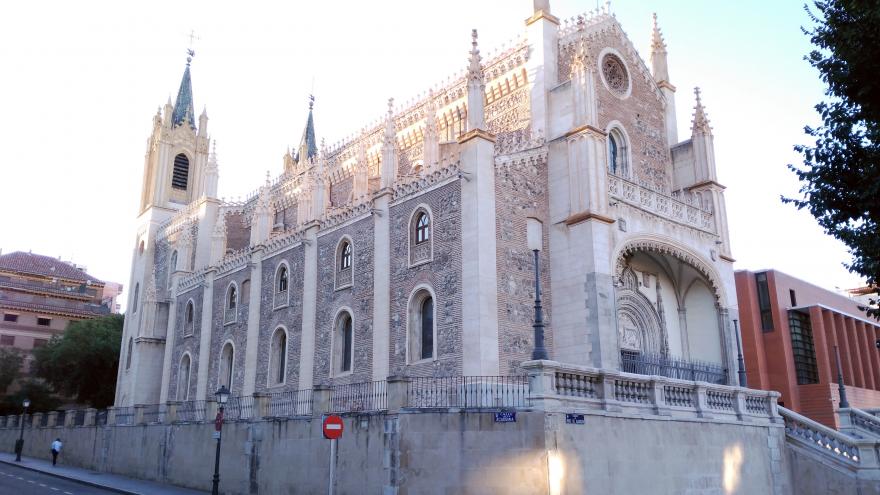
Architects of Madrid: Narciso Pascual and Colomer
Throughout the XNUMXth century, Madrid society underwent a progressive transformation, induced by an incipient opening to European currents and by the expansive force of the bourgeoisie that grew in Madrid. The footprint left by Juan de Villanueva continues in architecture until well into the century, although the eclecticism that was introduced by the influence of the romantic current disputed its leading role. In this context, Colomer will star in the urban transformation of Madrid, which occurs in parallel to the social transformation.
Brief biographical sketch
Narciso Pascual and Colomer (Valencia, 1808 - Madrid, 1870)
Architect and landscaper, he was born in 1808 in Valencia and studied at the San Carlos Academy. In 1836, three years after graduating, he obtains a scholarship to travel to London and Paris, a city dominated at that time by a current of Italian classicism that will end up permeating his style.
With his death in 1870 one of the exponents of the refined Elizabethan architecture in romantic Madrid disappears.
Works
Its takeoff occurs in the 1840 decade, especially after winning the contest to build the Congress of Deputies with a project that referred to the palaces of the 'quattrocento' accompanied by a Greek portico. The success of the building makes Colomer the fashion architect.
In those years he joined the Royal Academy of Fine Arts of San Fernando and received the title of Senior Architect of the Palace, which will deal with projects such as the Plaza de Oriente (very modified today) and Campo del Moro . The gardens will be a constant in their private residences; In fact, he was the co-founder of the Palace Gardeners School.
You will meet the Marquis of Salamanca, who embodied the aspirations for success of the Madrid bourgeoisie and who will be a fundamental figure in the development of his career as he entrusts him with his palace on Paseo de Recoletos, today the headquarters of BBVA. Completed in 1855, the building moved away from the traditional model of a Madrid house in favor of the Renaissance villa style; a type of (again) Italianate inspiration that would be widely imitated. To the constructive value of the palace is added another symbolic one: José de Salamanca begins in Recoletos a parallel axis of power (bourgeois) far from the traditional axis of the Royal Palace. The rest of the commercial bourgeoisie that he represented would also end up building their palaces in this area.
The same construction line would follow the palace that Colomer builds for the Marquis of Salamanca on his estate in Vista Alegre, in Carabanchel, where the Elizabethan aristocracy liked to build their country houses. He was commissioned to design the Fontagud Palace by businessman José Fontagud Gargollo and his wife, Matilde de Aguilera y Gamboa (granddaughter of the Marquis of Cerralbo). It is a huge landscaped residence located on Calle Barquillo.
Symbolic weight can be found in the transformation of the Jesuit Novitiate of San Bernardo Street in the headquarters of the Central University. For her, she designed a façade with a marked classic style and turned the church into a Paraninfo.
His work will also include the restoration of monuments: he will intervene in the church of the Jerónimos, the convent of the Encarnación and the Comendadoras. In addition, he was part of the commission that published 'Monumentos Arquitectónicos de España', promoted by the Royal Academy of Fine Arts of San Fernando.













